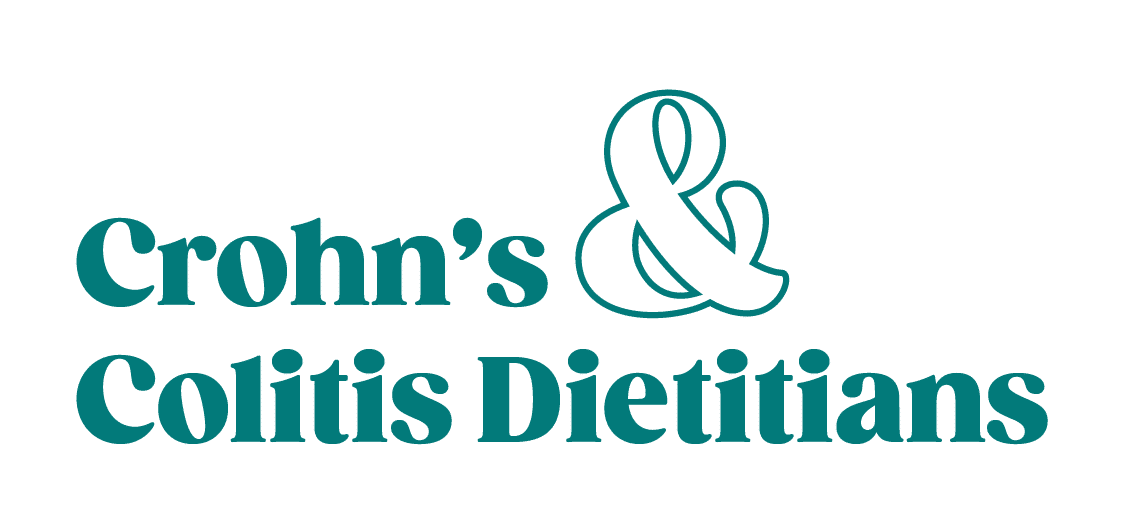The gut microbiome is a complex environment within our guts that is just beginning to be understood. The literature is in its infancy and it’s a fascinating area to learn about! So, let’s take a deeper dive!
Definitions
- Microbiome: refers to the collection of genomes from all the microorganisms in the environment.
- Microbiota: usually refers to microorganisms that are found within a specific environment.
What is the gut microbiome?
Th gut microbiome is made up of trillions of microorganisms and their genetic material living in your intestinal tract. That’s more than all the stars in our galaxy! It’s composed of mainly bacteria, but also contains yeast, bacteria, viruses, and parasites. The large intestine houses the largest population of these organisms and they are involved in many functions critical to your health including the immune system, energy production, and all of our B vitamin production.
Like we mentioned previously, this area of study is in its infancy and it’s a rapidly evolving field of study!
For more on what influences the gut microbiome, go here.
Let’s Meet Your Gut Bacteria: Helpful Strains
- Faecalibacterium prausnitzii:
- Most abundant bacteria in a healthy digestive tract
- Major producer of butyrate, maintains barrier health
- Decreases endotoxin, Increase mitochondrial function
- Decreases abdominal pain & fecal urgency
- Enhances colonic motility
- Low levels linked to UC, Crohn’s & Chronic Fatigue, Low
- FODMAP diet, Celiac
- Increases by: FOS, Inulin, GOS, Apple pectin, Resistant Starch, Mucin, Grape
- Akkermansia muciniphilia:
- Lives in the mucus layer of the intestine
- Consumes mucus and replaces it
- Prevents more harmful bacteria from making a home Low levels are linked with IP (leakiness)
- Saturated fat decreases amounts present
- Increased by: Omega 3’s, FOS, Inulin, Cranberries, Grape seed and skin, Red apple skin, Red dragon fruit, Mucin,Soluble Fiber
- Lactobacillus:
- Helps produce SCFA’s like Butyrate (inflammation reduction)
- Some strains produce GABA (calming effect)
- Polyphenol transformation
- Increased by: Sun Fiber, Almonds, Dark Cocoa, Green Tea
- Bifidobacterium:
- Helps promote healing of the digestive barrier cells
- Supports proper IP (preventing leakiness)
- Produces B1, B2, B3, B6, Folate, B12, Biotin
- Lowers LPS levels (harmful by-product)
- Polyphenol transformation
- Found low in those with Depression/Mood Disorders
- Increased by: Plant based diet, Resistant Starch, Fiber, Acacia, Sun Fiber, GOS, FOS
Let’s Meet Your Gut Bacteria: Unhelpful Strains
- E.Coli:
- Commonly found at flare sites in IBD
- Promotes LPS production – links to Diabetes and Metabolic Syndrome
- Presence related to colon cancer risk and higher chance of UTI
- Risk of overgrowth with NSAIDs, acid reflux medications
- Decrease by: lactulose, GOS, high fiber, whole foods diet (related to reduced pH due to fiber fermentation)
- Bilophila wadsworthia:
- Grows in population with bile (high fat, especially with dairy)
- Causes increase in hydrogen sulfide production
- Damages gut lining, promotes leakiness
- High levels observed with colon cancer
- Associated with diet high in saturated fats, animal protein, and dairy
- Bacteroides (some types are helpful):
- Increases with Western diet and heavy antibiotic use
- Increased colon cancer risk when higher populations
- Damages colon cells (converts bile)
- Associations with appendicitis, abscess formation, osteomyelitis, inflammation, alzheimers
- Likes protein, hates fibers, prefers lower pH in the gut (increase with fiber intake)
- Decreased by: GOS, FOS, Green tea, lower intake of animal fat
Changes to the microbiome in IBD
Crohn’s Diseases increases bacteroides, increases counts of E.Coli (particularly at flare sites), and increases chances of harmful E.Coli. It also decreases bacteroides, which helps healing gut cells to keep the gut lining healthy and creating B vitamins. There are decreases in butyrate production, which is really important for repair and healing of the gut lining as well as decreased Faecalibacterium prausnitzii, which is associated with urgency and pain.
Ulcerative Colitis tends to shift the microbiome to lower diversity of gut bacteria. Low Akklermansia and Roseburia and higher sulfate reducing bacteria is common. There are lower Lactobacillus and Bifidobacteria species, decreased Faecalibacterium prausnitzii, and decreased butyrate.
